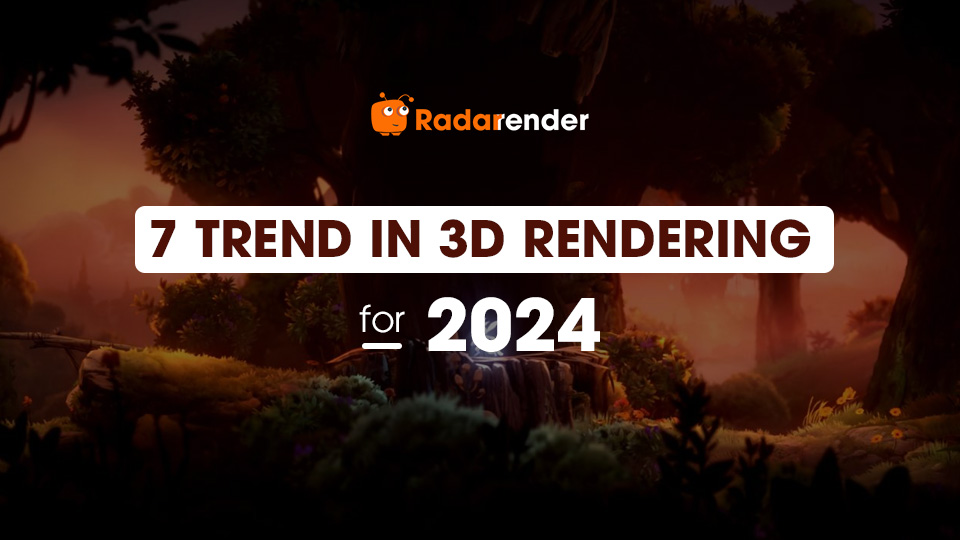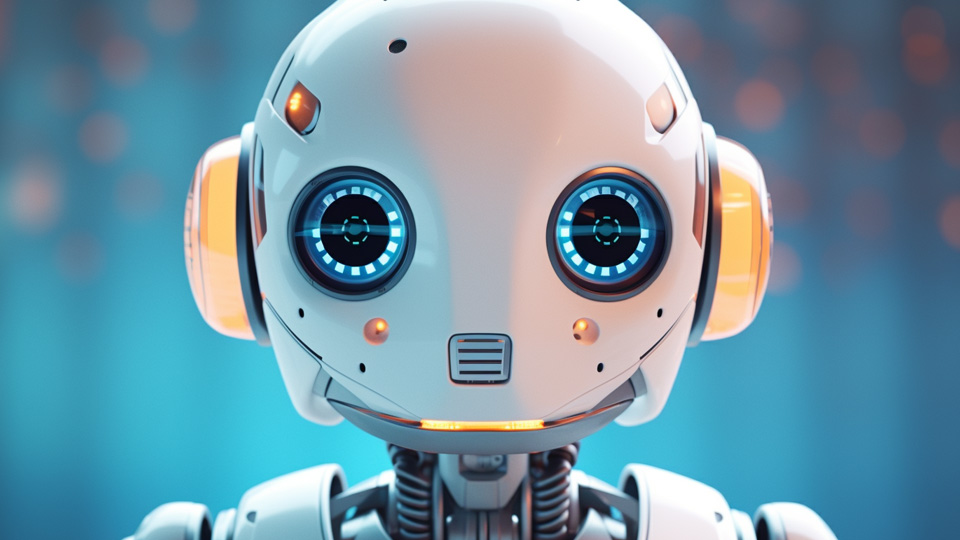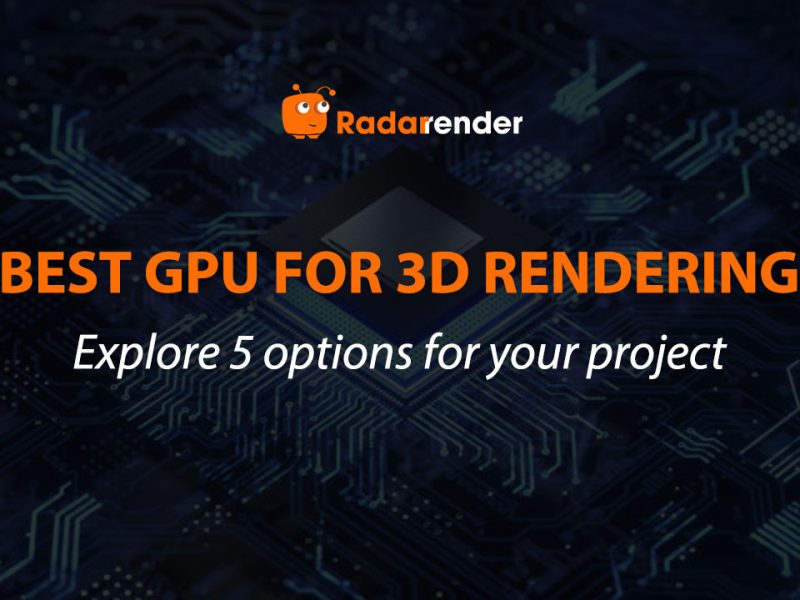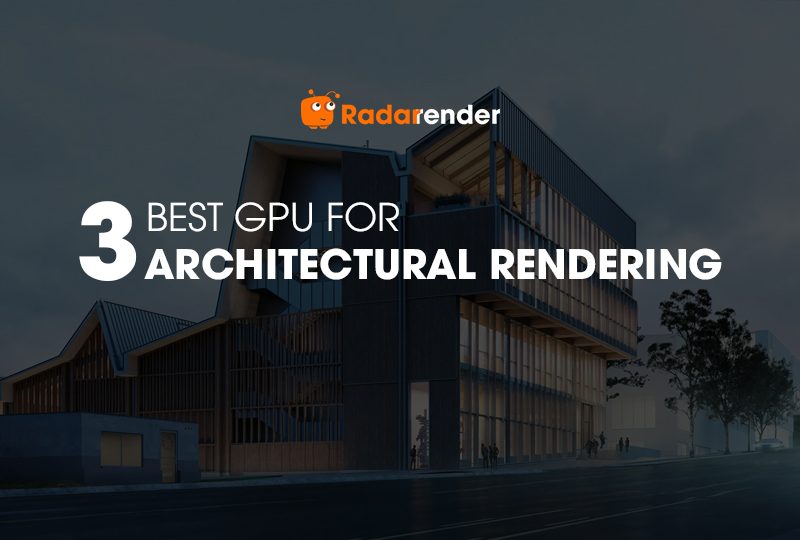7 trends in 3D rendering for 2024
3D rendering has evolved over an extended period. In the past year, we witnessed the rapid rise and development of truly transformative rendering trends that brought numerous user benefits. These include GPU rendering, realism, maximization ideology, and beyond. So, in 2024, what trends in 3D rendering will take center stage? Let’s explore with Radarrender right now!
You should be aware that any predicted trends below are subject to change. The 3D industry undergoes rapid transformations, where tomorrow’s innovations may easily replace today’s developments.
Nevertheless, the trends we outline here serve as the most accurate approximations for the field in 2024, from a focus on real-time rendering to blockchain, holographic rendering, and beyond. Explore more right here!
Centering on real-time rendering
The demand for real-time rendering continues to grow, driven by applications in gaming, virtual reality (VR), and augmented reality (AR). Improvements in GPUs or hardware and software have been pushing the boundaries of what’s possible in real-time 3D graphics.
It ensures that graphics and animations respond instantly to user input, enhancing the overall gaming or experiential quality. In architecture and design, real-time rendering allows architects and designers to create interactive and realistic visualizations of buildings and spaces. This facilitates better communication of ideas and helps stakeholders visualize projects before they are constructed.
As technology continues to advance, real-time rendering will continue to play an increasingly significant role in creating engaging and realistic digital experiences across a wide range of industries.
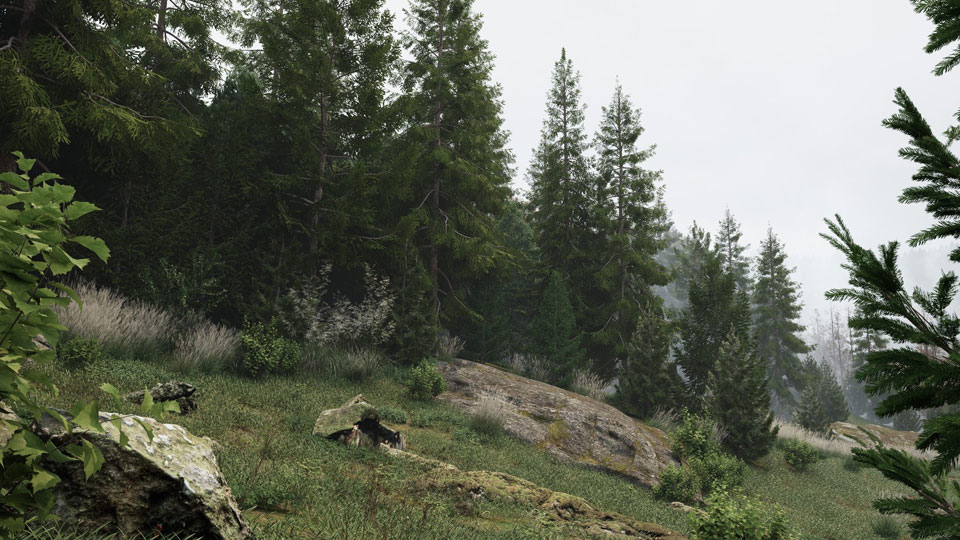 Ray-tracing technology
Ray-tracing technology
Ray tracing technology has been gaining popularity for its ability to simulate realistic lighting and reflections in 3D scenes. As hardware becomes more capable of handling the computational demands, ray tracing is likely to become more widespread in various applications.
AI Integration for Realism
The rise of realism has made rendering more demanding in terms of image quality and realism in the results. So, Artificial Intelligence (AI) rendering is one of the best options to take care of this work. It is poised to take on a central role in rendering. Rendering engines powered by AI can generate remarkably lifelike visuals through analysis and learning from data.
One example of AI for realism in rendering is the use of AI-driven denoising algorithms. Rendering realistic images often involves dealing with noise, which can result from the complex calculations needed for effects like global illumination and reflections. AI-powered denoising algorithms analyze noisy images and intelligently remove the noise while preserving details, resulting in visually appealing and realistic final renders. This application of AI significantly enhances the visual quality of rendered images by producing cleaner and more lifelike results.
AI Integration for Realism – one of 7 trends in 3D rendering for 2024
Role of a render farm – 3D cloud rendering
Greater photorealism implies increased detail in each frame and heightened detail results in more demanding rendering requirements. As the level of photorealism escalates, the feasibility of rendering images or sequences locally on a single machine diminishes. So, the 3D cloud rendering service will help small studios and freelancers or anyone who wants to cut time and rendering costs to get quality results.
In 2024 or the future, cloud-based rendering services are becoming more prevalent, allowing users to offload the computational demands of rendering to powerful cloud servers. This can be particularly useful for projects with tight deadlines or resource-intensive requirements.
Blockchain for Digital Assets: Security and Transparency
Blockchain for Digital Assets will be one of 7 trends in 3D rendering for 2024. Blockchain technology is being explored for managing digital assets in the 3D rendering and gaming industries. This can provide secure and transparent ways to track ownership, authenticity, and transactions involving digital assets.
Holographic Rendering: Connecting the Physical and Digital Realms
The distinction between the physical and digital realms will fade as holographic rendering becomes prevalent. This shift will have practical uses in teleconferencing, education, and entertainment, fostering genuinely immersive experiences.
Holographic rendering is a technique used in computer graphics to generate holographic-like images or visualizations. Unlike traditional 3D rendering, which creates images for 2D displays, holographic rendering aims to simulate the depth, parallax, and visual richness associated with holograms. Holographic rendering seeks to provide a sense of spatial depth, allowing viewers to perceive virtual objects as if they exist in three-dimensional space.
Entertainment and Gaming: Creating immersive gaming experiences with holographic elements.
Design and Visualization: Allowing architects and designers to interact with holographic representations of their projects.
Education: Enhancing educational content with realistic holographic simulations.
Medical Imaging: Visualizing complex medical data in three dimensions for detailed analysis.
Eco-friendly rendering for a sustainable future
Developers were increasingly focusing on creating rendering algorithms that are not only efficient in terms of performance but also optimized for energy consumption. This involves finding ways to achieve high-quality renders with reduced computational demands.
Rendering farms and data centers were exploring the use of renewable energy sources to power their operations. This move toward sustainable energy helps mitigate the environmental impact associated with the significant computational power required for rendering.
There was an increasing interest in using hardware designed with energy efficiency in mind. This includes low-power GPUs and processors that could perform rendering tasks with a lower environmental footprint.
At the same time, cloud rendering services were incorporating eco-friendly practices, using data centers powered by renewable energy and implementing efficient resource management to reduce waste.
Wrap up
Below are our 7 trends in 3D rendering for 2024. In the year 2024, the 3D industry is poised for significant advancements in 2024. With a spotlight on real-time rendering, AI-driven innovations, and sustainable practices, we stand at the threshold of a groundbreaking era in visual storytelling and design. Embracing these trends promises to reshape our digital experiences and propel the limits of human creativity.



